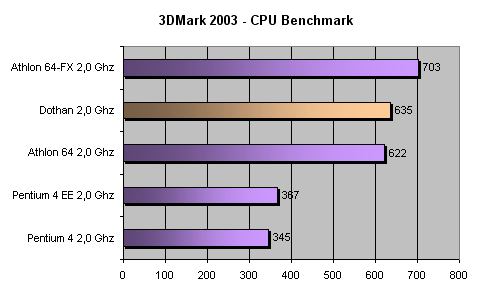Interesting. I wonder when Intel is moving back to the P3 architecture en masse.....
My friend must feel pretty shattered. He worked on the Willamette core and Netburst was his baby. He didn't create it, but he was one of the primary engineers working on it. Also happened to be one of the better Quake 2 players. Any of you remember TULL or Bzkr from back in the day? Minator may ring a bell.

Anyway, I remember when he was touting the Willamette core as the next greatest thing, sure to destroy anything and everything that existed at the time. Of course I'm sure he didn't forsee the Athlon, but hey. No one did.
Anyway, I'm mostly interested in the low wattage of these chips. Near the same performance of a P4 3.2Ghz, but with 1/3rd the wattage output. Mmmm time to cut down on the system fans.


